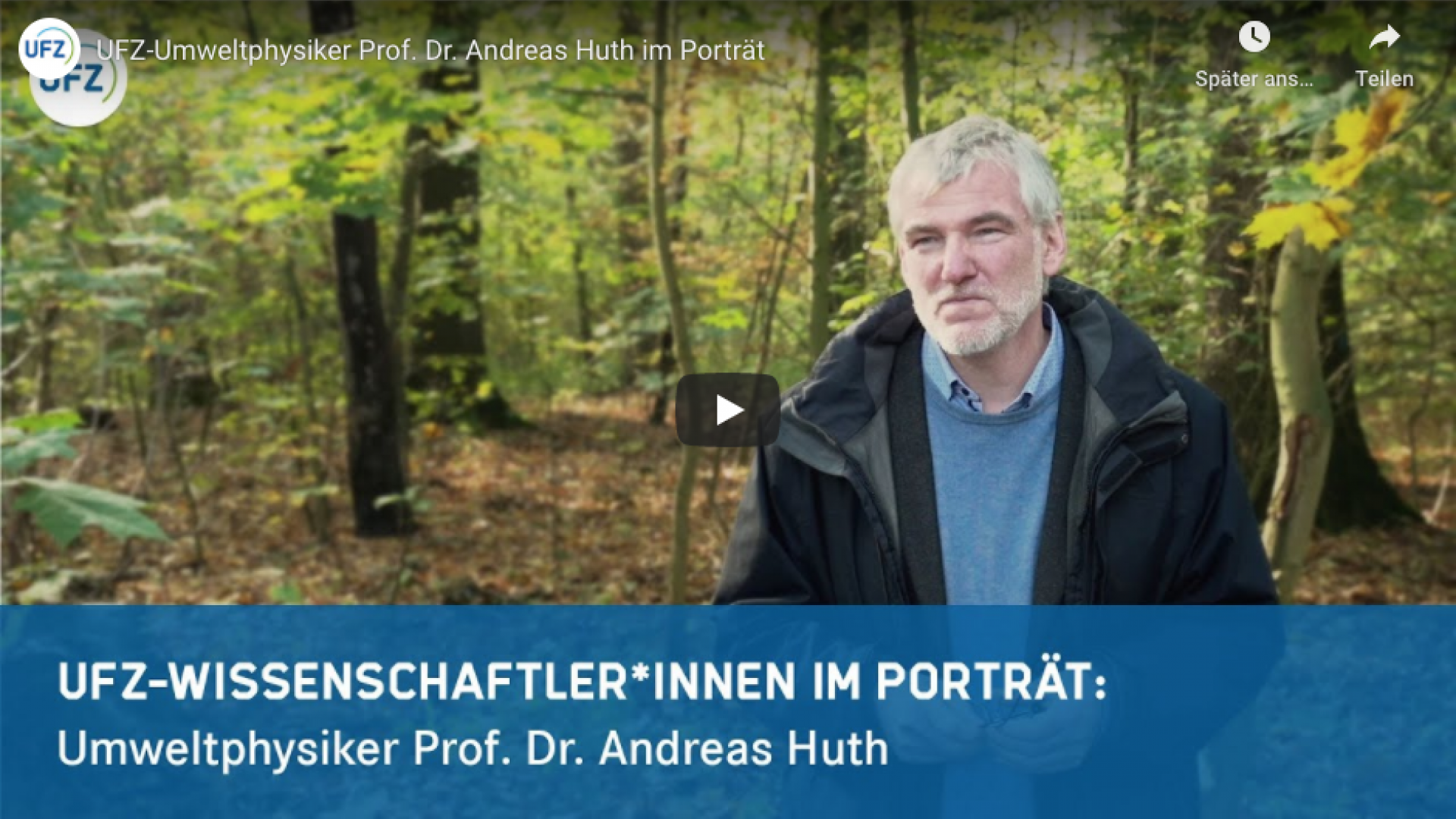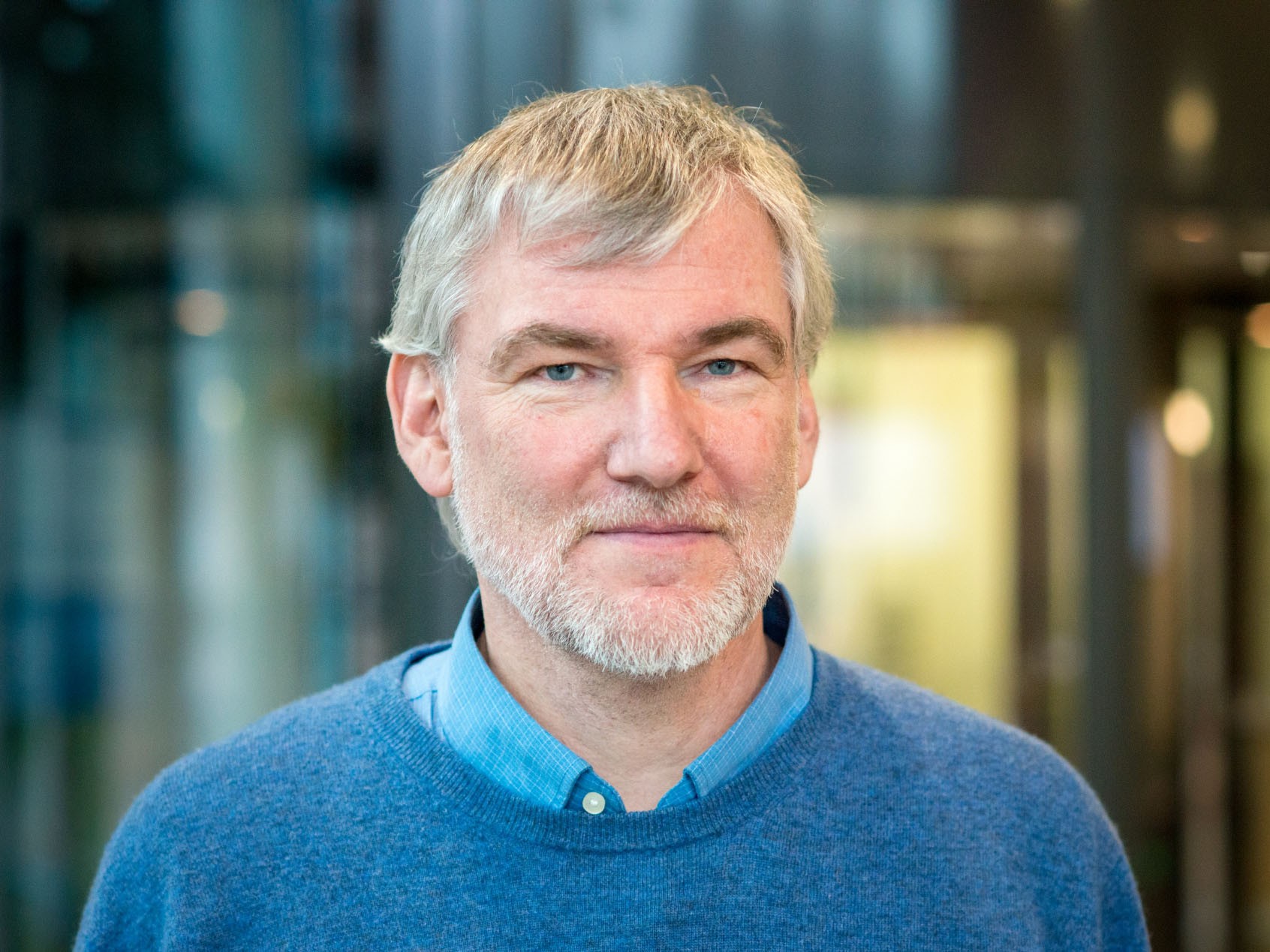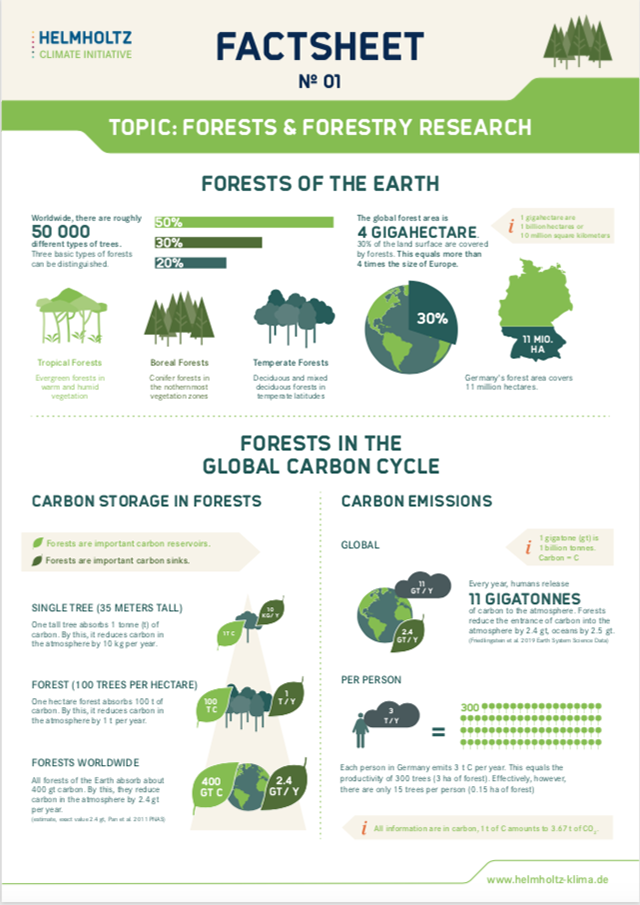It’s the mix that matters


The forest is a unique and important habitat for humans and animals alike. Forests cover nearly one third of the Earth’s land mass, and around one third of Germany is forested as well at 11.4 million hectares. But forests are not in good condition right now. The changing climate is hitting them hard.
Andreas Huth und Friedrich Bohn erforschen, wie Wälder am besten auf künftige Extremereignisse vorbereitet werden können.
Die Mischung macht's
Die grünen Blätter wiegen sich im Wind, die Äste knarzen, die Luft ist frisch und kühl, Mäuse huschen durchs Laub und in den Baumwipfeln zwitschern unzählige Vögel – der Wald ist ein einzigartiger und wichtiger Lebensraum für Mensch und Tier. Knapp ein Drittel der Erdoberfläche ist von Wäldern bedeckt. Auch in Deutschland ist es rund ein Drittel der Landfläche: 11,4 Millionen Hektar. Doch es steht derzeit nicht gut um den Wald. Das sich verändernde Klima setzt ihm mächtig zu.
Expertise
Andreas Huth
Für uns Menschen haben Wälder viele wichtige Funktionen. Sie liefern den Rohstoff Holz, sind Lebensraum für viele Tierarten, bieten Erholungsräume für den Menschen. Sie sind aber auch ein bedeutendes Element im Kohlenstoffkreislauf: Sie fangen rund 20 Prozent der vom Menschen verursachten Emissionen auf. Von den rund 10 Milliarden Tonnen Kohlenstoff, die Menschen weltweit mit ihren Fabriken, Kraftwerken oder Autos Jahr für Jahr ausstoßen, werden damit rund 2 Milliarden Tonnen von Wäldern durch ihr Wachstum kompensiert. Wenn der Wald durch den Klimawandel geschädigt wird, verringert sich diese Funktion.
Extreme Klimaereignisse wie Dürren sowie damit einhergehender Insektenbefall und Krankheiten belasten den Baumbestand massiv. Um Möglichkeiten zu entwickeln, dem entgegenzuwirken, arbeitet die Gruppe von Andreas Huth und Friedrich Bohn vom Helmholtz-Zentrum für Umweltforschung (UFZ) am Waldmodell FORMIND. Damit können sie den Bestand und die Entwicklung von Wäldern weltweit dynamisch abbilden. Im Rahmen der Helmholtz-Klima-Initiative werden sie zeigen, wie sich Waldsysteme im nächsten Jahrhundert an Klimaänderungen anpassen sollten und mit welchen Strategien die Forstwirtschaft dies leisten kann.

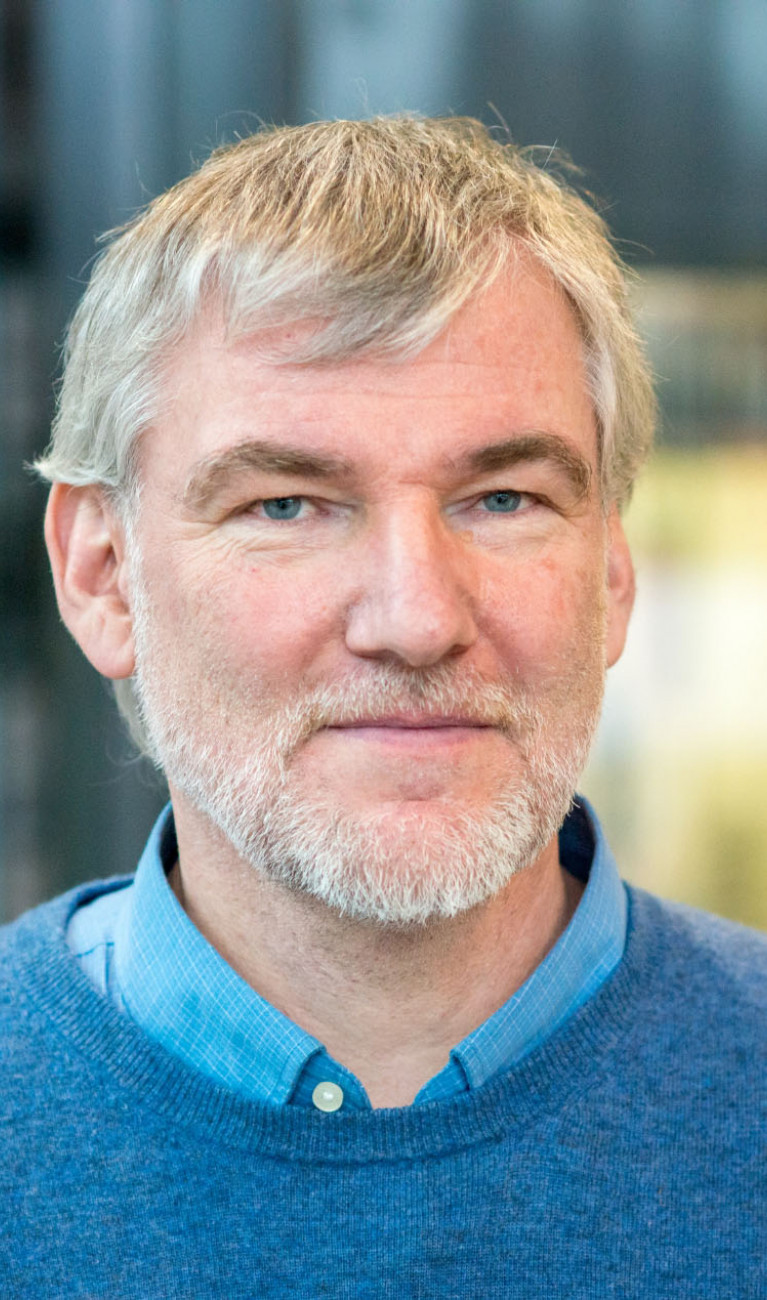
Extreme climatic events such as droughts and insect infestations as well as diseases associated with them are putting a massive strain on the tree population. With their research group, Andreas Huth and Friedrich Bohn from the Helmholtz Centre for Environmental Research (UFZ) are working on the forest vegetation model FORMIND to develop ways to address these issues. Doing so will enable them to dynamically map the tree population and the development of forests around the globe. As part of the Helmholtz Climate Initiative, they intend to show how forest ecosystems should adapt to climate changes over the next century and what strategies forestry experts can employ to achieve this transition.
What makes the research project unique is that it combines forest simulations and inventories with satellite measurements, enabling the researchers to draw on a wealth of global information. “People often think of James Bond movies when they hear about satellite data and all the things analyzed there using such information,” says Andreas Huth, Professor of Ecological Systems Modeling and Research Team Leader in the Department of Ecological Systems Analysis at UFZ. “But we use the data primarily to determine the forest height and forest structure, for example. Both are key input parameters for our model.” This is because they make it possible to establish the actual biomass of forests. The researchers use lidar measurements of NASA’s Global Ecosystem Dynamics Investigation (GEDI) mission for the forest structure, for instance, and radar measurements of the German Aerospace Center’s TanDEM-X mission. Combined with information about the climate and soil conditions, the researchers are thus able to analyze large forested areas, such as the Amazon. “Using our model, we can provide current information on the condition of 410 billion individual trees for this area and simulate their development for various climate scenarios,” Huth explains.
But that’s not all — FORMIND is an important tool that the scientists use to prepare large virtual forest inventories. In doing so, they systematically assess forests and simulate different types of forest use. “We work based on the forest factory approach, which enables us to test over 500,000 forests assembled on the computer and see how their structure and growth change if we increase the temperature, for example,” says Huth. “At the same time, we pay special attention to the forests’ sensitivity in responding to factors such as heat, dryness, and drought,” Friedrich Bohn, researcher in Huth’s research group, adds. “On the basis of this data, we can then predict how existing forests will develop under different climatic conditions, for one thing. For another, we are able to make recommendations about how to cultivate and care for future forests.”
The scientist gives an example of one important recommendation: “Regarding tree types, the rule here is no more monoculture! Mixed forests are much more resistant to harmful factors,” Huth notes. “Harmful insects are often specialized in one type of tree, which means that mixed forests give them fewer targets to attack.” For this reason, Huth’s team is crafting management strategies for heterogeneously structured forests, since such forests are able to better cope with changes in climatic conditions. “Modern forestry strategies should not view the forest as a place to quickly produce wood, but rather in terms of stable and continuous production, and they need to consider biomass retention and the protection of biodiversity,” says Bohn. He adds, however, “We also have to reduce carbon emissions to prevent excessive climate change and to protect our forests.”
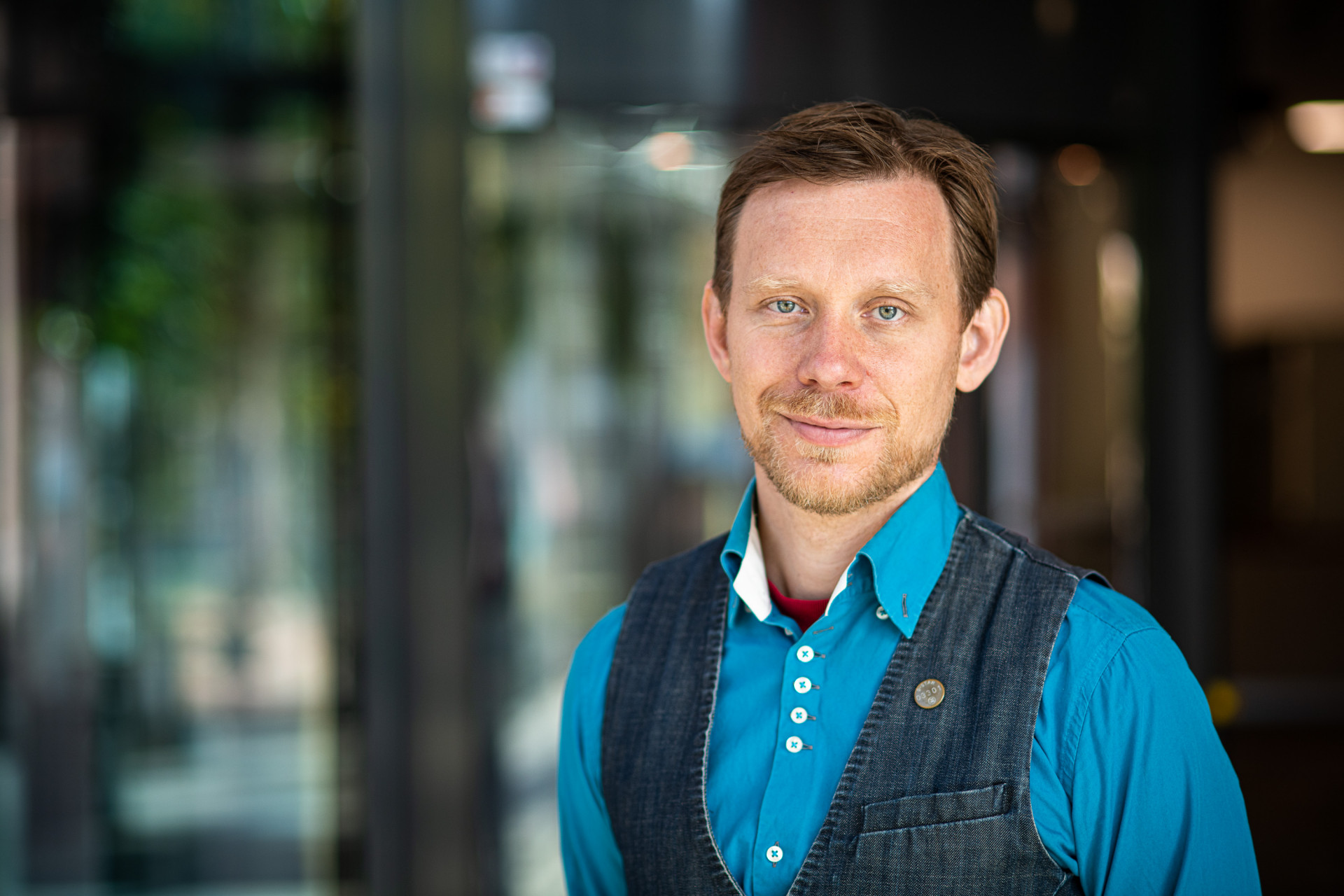
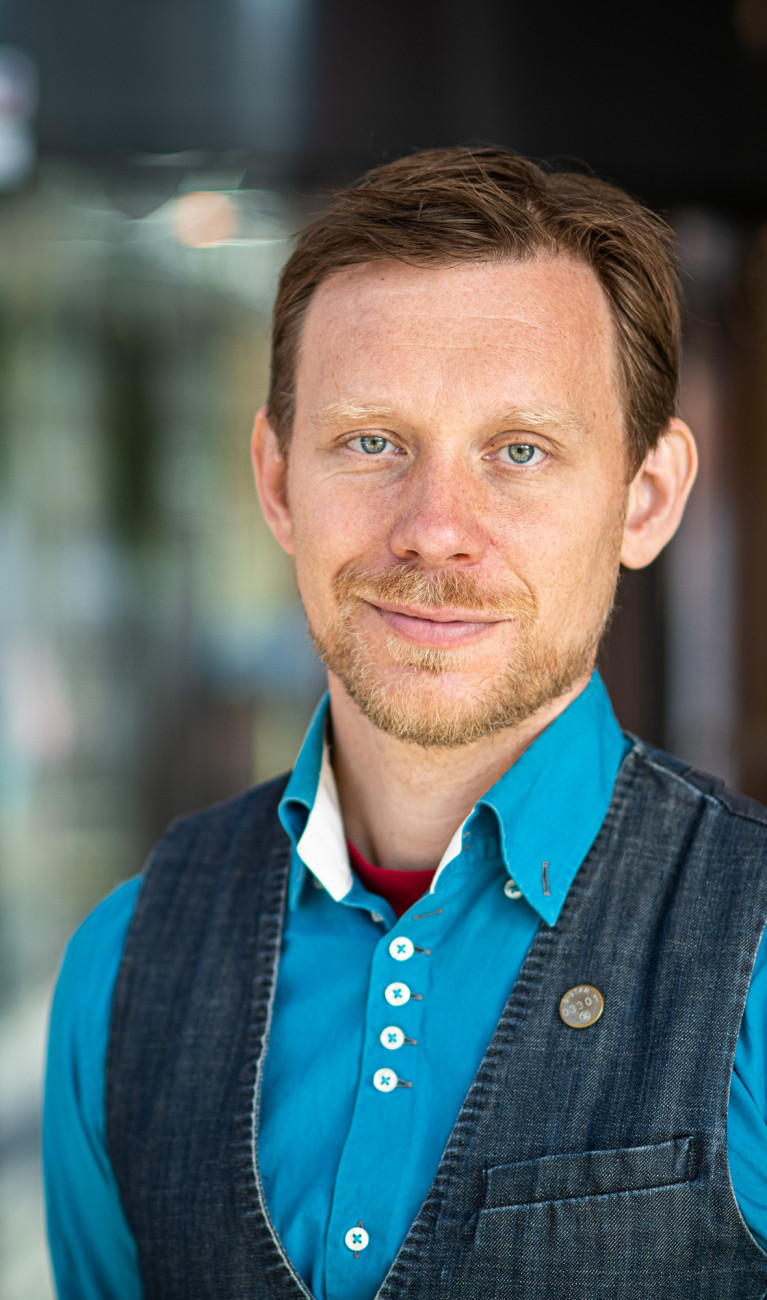
Huth and Bohn want to modify the FORMIND model for Europe and Germany in particular for the Helmholtz Climate Initiative’s Cluster II “Adaptation”. “In Germany, the forest absorbs only around six percent of the anthropogenic emissions,” says Huth. “This is due to the high level of emissions we produce. In the global comparison, Germany ranks sixth.” He explains that 42 percent of Europe’s total land area is covered in forests, which respond differently to climate changes. “In our simulations, we discovered that the productivity of purely coniferous forests drops in the face of changing conditions, while mixed forests are largely able to maintain previous levels.”
For Huth’s team, the initial aim is not to expand forests to serve as carbon sinks, but rather to preserve those forests that currently exist. Their simulations reveal that there could be scenarios in the future in which trees no longer store carbon: “We have to ensure that the quantities of carbon that European forests presently store remain sequestered even if climate conditions change.”
To achieve this aim, it will take concerted political action above all. Before the year is out, the EU Commission plans to develop its new forest strategy for the years beyond 2020 in order to implement sustainable forestry practices and to strengthen collaboration across national borders. Andreas Huth has two key concerns to impress upon policymakers: “First, it is essential to preserve the existing forests and — wherever possible — expand them. Second, forest management strategies need to place greater focus on deciduous forests with many different tree species. Mixed forests of this kind are the only ones that stand a chance against coming climate extremes, such as storms, dryness, and drought. And these extremes will definitely grow stronger if the mean global temperature continues to rise. At this point, we can no longer prevent a moderate increase, but we can strengthen forests to withstand such changes by using well-tested forest models and the right strategies.”
In the video portrait, Andreas Huth tells how forests react to climate change. Further information on his research and on forest can be downloaded in the factsheet.
